© 2025 Datacolor All Rights Reserved.
Close
Buy Now, Pay Later with Shop Pay
Choose Shop Pay at checkout and pay in 4 interest-free installments on orders between $50 and $3,000.*
- Interest free
- No late fees
- No hidden fees
- No impact on your credit score
- No surprises
How it Works:
- Choose Shop Pay at checkout
- Pay in 4 interest-free installments
- Your card will be billed every 2 weeks
- It’s as easy as that!
Shop Pay installments in partnership with
* Payment options are offered by Affirm and are subject to eligibility check and might not be available in all states. California residents: Affirm Loan Services, LLC is licensed by the Department of Business Oversight. Loans are made or arranged pursuant to California Financing Law license.
Close
Shipping charge and method
United States and Canada
- Flat-rate fee of $5.95 (USD*) on all orders
- Standard 3–5 day shipping
*Canada shipping charges will be based on current currency conversion rates



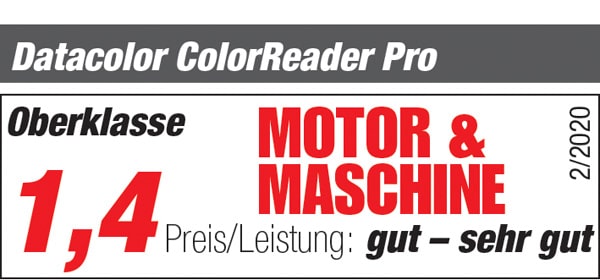
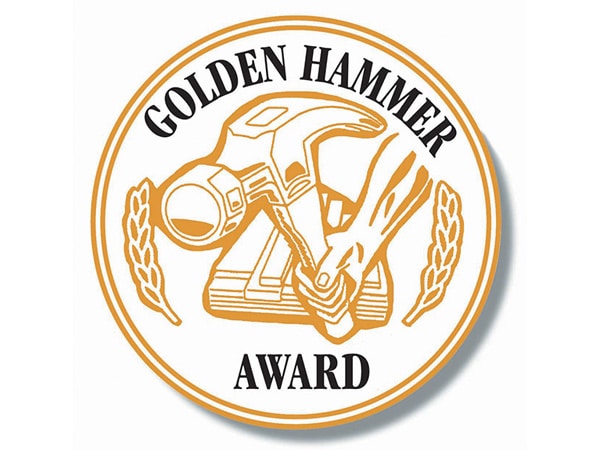
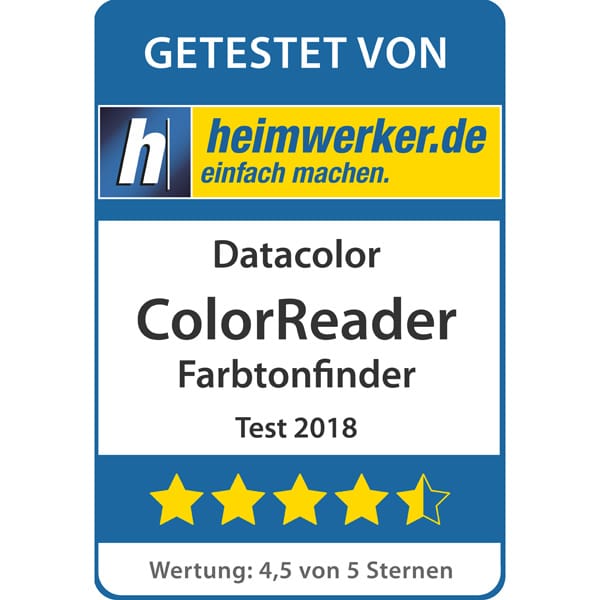
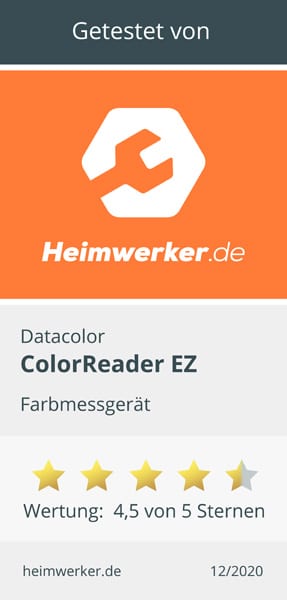
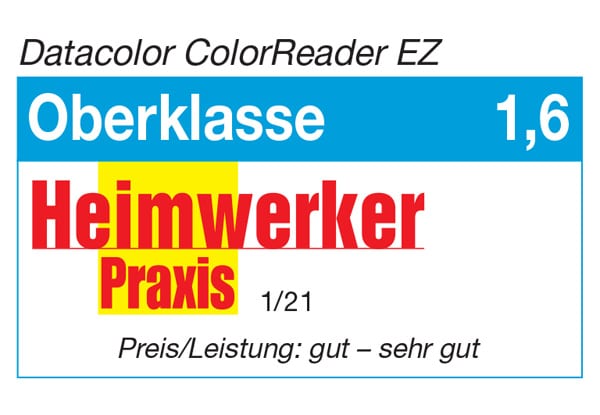

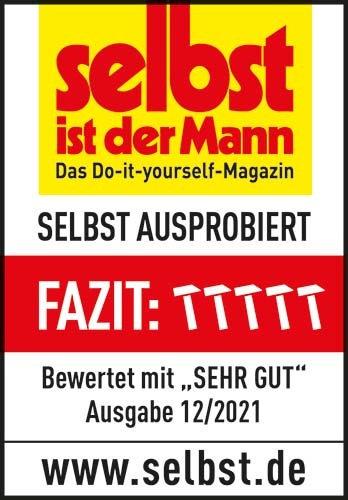
ColorReader Textile Printing
Recently, we were looking for an uncomplicated and cost-effective way to perform measurements for a simplified washing test for digital textile printing – not a washing test according to official standards. Our goal was to get quick measurements to detect changes in wash resistance and then improve our processes. That’s where Datacolor’s ColorReader came to the rescue.
First, a little background: in DTG printing, a design is printed directly onto T-shirts or other textiles using colored and white ink. A wash test is an excellent way to evaluate the quality of a direct textile print and adjust all settings in the process to achieve the best possible fade-resistance and meet the highest standards.
A wash test may seem time-consuming at first, but the cost and time involved in reprinting an average size job, not to mention the brand damage done from unhappy customers, far exceeds those of a wash test. We advise that every direct textile printer should establish continuous washing tests for process and quality control. That way, DTG printers can test the print quality of a supplier, find the correct machine settings for every step in the process (e.g., pre-treatment, printing, fixing) to maximize the washability of the textiles, and to produce the best printed results possible.
In addition to a visual check on results, it’s also possible to measure the amount of color loss during washing for even more precise color evaluation, but these measurements can be very time-consuming and expensive. This is where Datacolor’s ColorReader provided us with a simple and cost-effective solution to carrying out wash tests at home (even if this wasn’t the device’s intended purpose!)
The results may not correspond to the official measuring guidelines for textile washing tests – but the information that can be obtained is sufficient for our simplified purposes of optimizing our process quality in DTG printing.
The actual purpose of the ColorReader is the measurement and subsequent automatic determination of the nearest NCS and RAL values for pigment colors and paint matching. While we have not tested this feature, ColorReader was perfect for our needs, which included the measured L*a*b* values.
For the washing test itself, we created our own designs, which were then printed on T-shirts. These designs always contain elements to test the print quality on the one hand, and a few monochrome test blocks on the other, which we can use to make the actual color measurements.
Once the textiles were printed and fixed, we took and recorded their initial color measurements. After the textiles had gone through the first wash cycle,
we measured the colored blocks again and noted the L*a*b* values provided by the ColorReader. We normally repeated the washing, drying and measuring cycle at least ten times.
After 10 washes, we performed a visual check of the results. We then took our L*a*b* values and determined the color deviation ΔE . We calculated the color deviations (ΔE) between the individual washes and between the beginning and end of the washing test. The results we obtained with the ColorReader were consistent with our visual assessment.
If math isn’t your strong suit, the ColorReader comes with an additional helpful feature: in quality control mode, it can automatically calculate the color deviation between two measurements. But if you want to determine another ΔE with tolerances, you can’t avoid your own calculations.
A further advantage of the measurements is that the values can be used to visualize the results in a graphic, making them easily understandable. This picture simulates the colors in the original design (on the screen), after printing and after 10 washes.
What we particularly liked about the ColorReader was its uncomplicated handling along with its accompanying the app. Simply turn the ColorReader on, start the app on your mobile phone or tablet, connect via Bluetooth and start measuring.
We also found the small size of the device very practical. It’s extremely handy, easy to transport, and above all, very easy to use.
For more information on our simplified washing test or digital direct printing on textiles, please visit our free ebooks (available for download on our blog www.dtgmerch.com).
We are Maggi and Everson of DTG Merch.
Between the two of us, we have more than 25 years of experience in various areas of the textile industry. We met at work, at a DTG (Direct-To-Garment) print manufacturer. It quickly became obvious that we would be a good team in both our professional and personal lives.
During the last few years, we’ve had the pleasure of working with many different companies, printers, operators, brands, and designers. We made lots of friends around the world in the process (you know who you are! :-).
We noticed a lot of common pain points that these individuals and companies shared, and we felt we could contribute towards solving those issues. That’s how the idea for DTG Merch was born.
With dtgmerch.com, we want to make our dream of helping people run successful direct-to-garment print businesses come alive. Our broad experience in DTG printing allows us to “connect the dots” for companies, for insights into the whole process of the industry.
Website:
https://www.dtgmerch.com/
Facebook:
https://www.facebook.com/DTGMerch/
Instagram:
https://www.instagram.com/dtgmerch_studios/